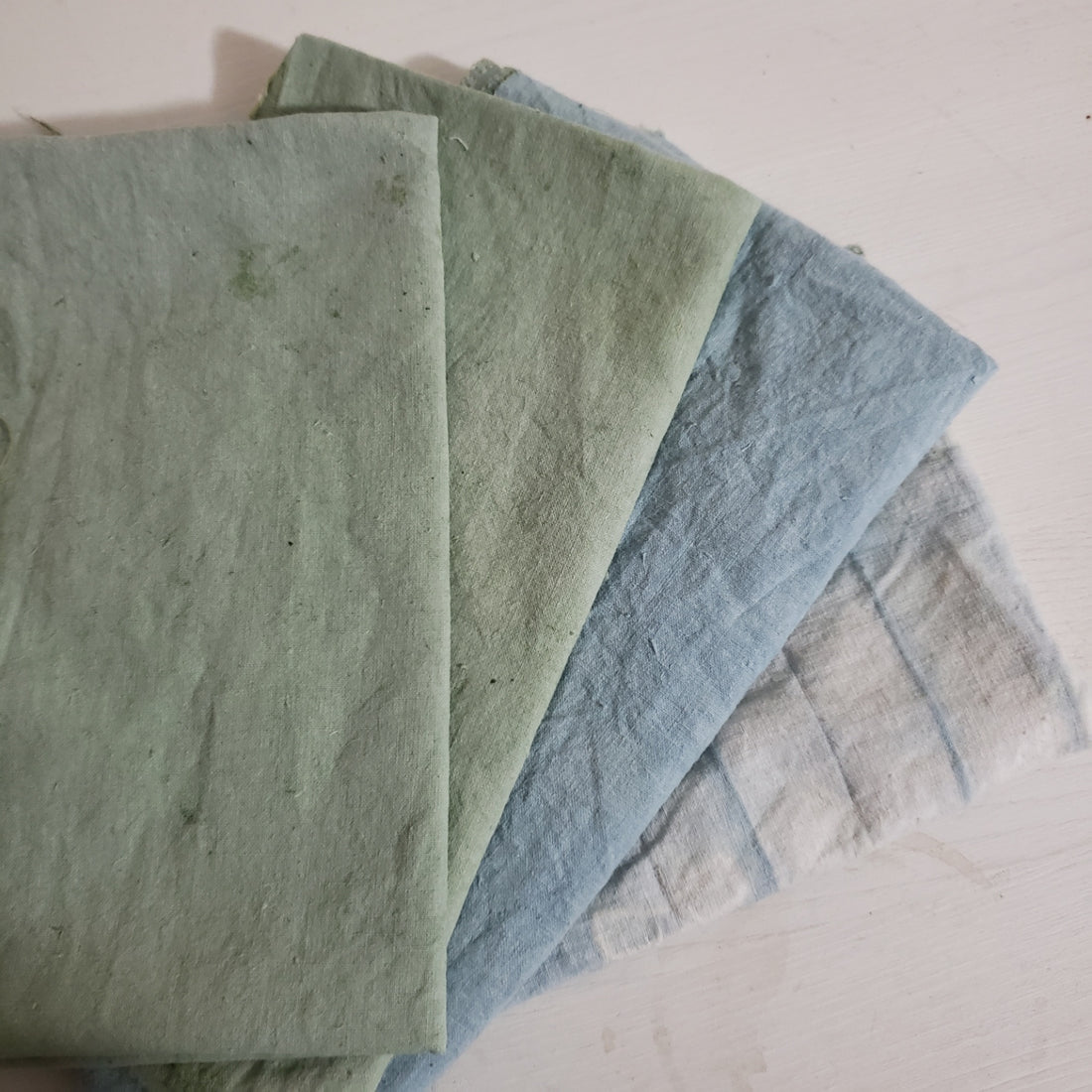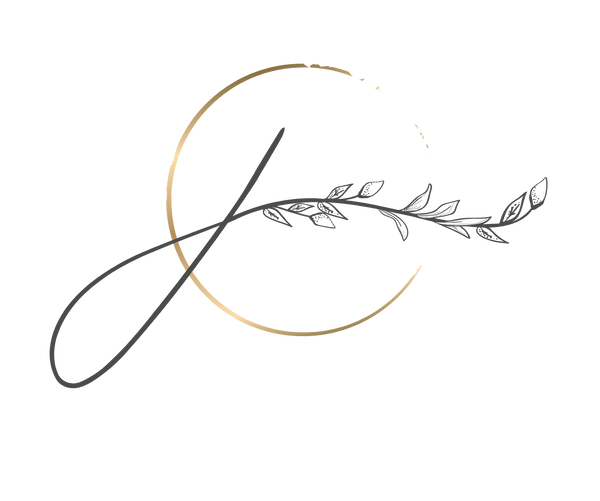
Woad & Salt. An Experiment in Home Grown Dye.

First year Woad plants coming up.
Woad (Isatis tinctoria). is a flowering biennial in the mustard family Brassicaceae. It was cultivated for centuries as a medicinal herb and source of blue dye. Woad was the primary source of blue dye in Europe, before Indigo became widely availlable.
This year I finally had enough first year Woad leaves to actually try dyeing some hemp fabric with.
First year Woad will grow as a low rosette of leaves, in the second year , the plants send up a flower stalk of between 2 and 4 feet tall, producing many small yellow flowers, then thousands of seeds.
( side note, in some places Woad is considered a noxious weed! It is a champ at producing seeds and continuing on! Be careful if youre planning on growing it, it may take over ) 
So many Woad seeds
To obtain blue from Woad leaves, a fermented vat needs to be created. I did make a vat, in my excited impatience I didn't document it well, but I will share the resulting colour & fun TicTok video at the end of this blog!
I DID how ever document my experiment with the salt extraction method, which is what this blog post is about! This method can be done using the fresh leaves of Woad & Indigo.
I harvested the Woad leaves in October, gathering almost 5lbs of leaves this year! I saved half for my vat and the rest for the salt extraction. I decided to use the same weight of leaves to the same weight of dry fabric for both methods.

How it Went
Basically, the salt extraction methods is taking the fresh Woad leaves, mashing them up with salt until a kind of smelly green liquid forms. This method is not for the faint of heart, especially if you're like me and forgot to check for slugs in the bundles of leaves.
I kid, but seriously, check for insects before you start, because this method is all about squishing with your hands. Also important to note, dont try this method with any open cuts on your hands.. salt & wounds is a very real painful thing!
I didn't have a real starting place for how much salt. Most opinions I read were varying on how much to add. The beautiful part of this method, is it allows you to be fully immerged in the extraction. As you masticate the leaves and salt, if the liquid isn't forming you can add more salt. Start on the lower side. I measured out about 200grams of sea salt to 2 pounds of fresh leaves. 
Once you've added the salt, begin working it into the leaves, squishing and mixing. You'll notice the leaves start to break down the more you mix. 
a little hand workout
Keep going until the leaves are broken down and when you squeeze them green liquid appears! You will keep squeezing once you add the fabric.
messy success!!
Im using a hemp/organic cotton that had been scoured and pre mordanted with Alum Acetate. Woad doesn't require a mordant, but because I always have fabric pre-mordanted, it was easier to just go with that. Once you add the fabric you will continue with the same squishing action!

Because the leaves are part of this process, I wouldn't suggested trying this method with a delicate fiber. For the Woad to extract onto the fabric in this method, it requires a lot of rubbing and squeezing the leaves into the fibers. Use a fabric that will be easy to shake out once dried.

This method produces a beautiful teal green.
I dyed a few pieces, each time leaving the piece to oxidize before putting back into the muscle powered extraction bucket. I mean dye pot.

Beware, Woad leaves have a strange smell, which is amplified by crushing them. Is is a bad smell? I don't think its terrible ( my kids fully disagree) but it is weird, and slightly not awesome, buut so worth the colour!!
Once there was no more liquid coming from the masticated leaves, Its time to hang up the Woad soaked hemp, to oxidize and dry. I like to leave freshly dyed fabric to hang at least a day or too before rinsing.
The Results

Top Teal Pieces- Salt extracted Woad on Hemp

Blue- Vat dyed
I am super happy with my Woad experiments! Next time I will keep better records, and not let the excitement fly me away. Although, sometimes just jumping in and doing, is how I learn best. I'm a super tactile person, and getting to extract dye, literally with my bare hands was really fulfilling and joyful!
As always, reach out if you're curious, have questions or comments! I love hearing from you! If you know someone who would enjoy this info, please share away!
Here are some fun, home shot videos just for the joy of watching.
Here is a little video of how the Vat dyeing went. Next year I will pay more mind to the Vat. If youre interested in learning more about ferment vats with Woad or Indigo check out Jenny Deans book Wild Color!
@julia_mascisampling with homegrown Woad on hemp. I harvested almost 5 pounds of leaves. ##ecodyeing ##plantmagic ##textileartist
♬ Hit It - Yung Skrrt

2 comments
Good Idea sheila!! Ill have to try that!
I wonder if heat setting the colour by ironing before rinsing would intensify the hue. Another experiment for you to try.